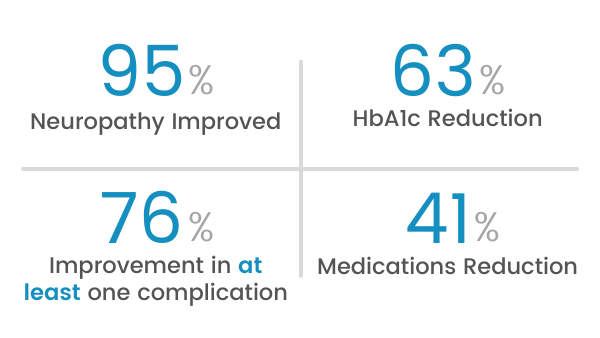CGM Management Explained
What Is CGM Management?
Continuous glucose monitoring (CGM) has revolutionized the management of diabetes by providing real-time data on blood glucose levels. This technology allows individuals to make informed decisions about their diet, exercise, and medication. Here’s how CGM has transformed diabetes management:
What Is CGM Management?
Continuous glucose monitoring involves a small sensor inserted under the skin to measure glucose levels in the interstitial fluid. The sensor is connected to a transmitter that wirelessly sends data to a receiver or smartphone, offering a real-time display. This method has several advantages over traditional fingerstick testing:
1. Improved Glycemic Control
- Provides a comprehensive view of blood glucose levels.
- Enables timely adjustments to treatment plans.
- Identifies patterns in glucose levels and shows how lifestyle choices like diet affect them.
2. Hypoglycemia and Hyperglycemia Detection
- Features built-in alarms for high or low glucose levels
- Particularly beneficial for those who struggle to recognize symptoms of hypoglycemia or hyperglycemia.
- Immediate notifications allow quick action to prevent severe glycemic episodes.
3. Reduction in Hypoglycemic Events
- Studies show a significant decrease in the frequency and duration of hypoglycemic events.
- Provides early warnings for downward trends in glucose levels.
- Allows preventive measures like consuming snacks to stabilize blood sugar.
Conclusion:
Continuous glucose monitoring has transformed diabetes management. This technology not only enables better decisions about diet, exercise, and medication but also helps in the detection and prevention of hypoglycemic and hyperglycemic events. This leads to improved overall quality of life and reduced risk of complications.

Schull Institute – Insulin Infusion Therapy on Diabetic Complications (n=49) (2015)

Watch an
Educational Webinar
Are you experiencing low energy, foot problems, vision issues, or difficulty managing your blood sugar? For years, pharmaceutical companies and medical professionals have offered various treatments such as medications, diets, and exercises. At Florida Diabetes & Endocrinology, we focus on providing innovative therapies designed to support better health and well-being. Learn more about our approach in our educational webinar.



SCHEDULE A CONSULTATION NOW
THE FUTURE IS BRIGHT
With advanced technology and leading experts in diabetes treatment, we’re raising the standard of care.


